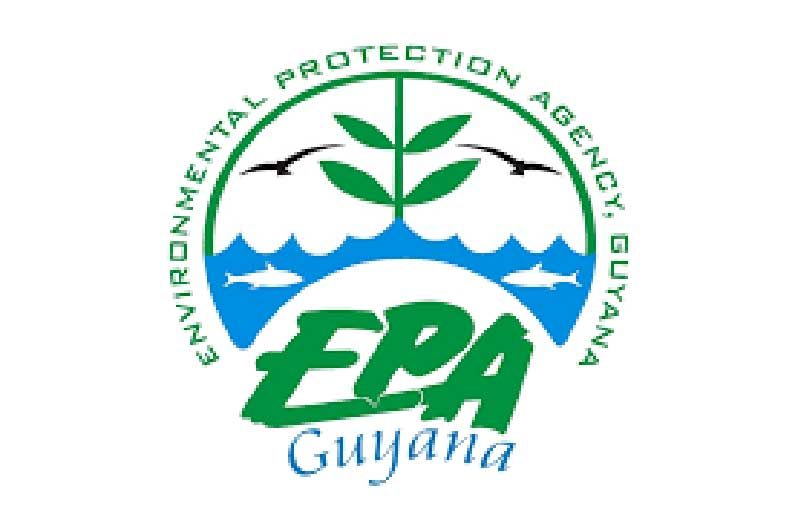GUYANA is a country blessed with numerous natural resources. This includes our wild fauna and flora, which some persons utilise to make a living by hunting, trapping, selling, and exporting. To ensure the sustainability of the trade, the Guyana Wildlife Conservation and Management Commission (GWCMC) is responsible for implementing systems to manage the trade of wildlife in Guyana. This system is known as the Licensing and Permitting System. There are two aspects to the wildlife trade: international and domestic (local).
International Trade
Internationally, the trade of wildlife is governed by the Convention on International Trade in Endangered Species of Wild Fauna and Flora (CITES). In Guyana, the GWCMC is the CITES Management Authority and is, therefore, the organisation responsible for managing the wildlife trade. As such, under the Wildlife Conservation and Management Act (2016), a system of permits and licences is issued for the import, export, re-export, or introduction from the sea of any specimen of wildlife.
To obtain the necessary licences for international trade, the following steps must be completed:
1. Submission of a completed application form for the licence being applied for.
2. Submission of the following documents:
⦁ National Identification Card, Driver’s Licence, Passport, or any other form of national identification.
⦁ If a registered business, a sealed certified copy of the Business Registration.
⦁ In the case of a company, sealed and certified copies of the following documents:
1. Certificate of Incorporation
2. Articles of Association
3. Notice of Directors
⦁ Copy of Transport, Rental, or Lease Agreement for Holding Premises.
3. Attendance of an interview. This step is applicable to all new applicants and may also apply to some re-applicants.
Currently, a maximum of 25 persons are allowed to engage in international trade. Additionally, to manage the amount of wildlife that is traded, the GWCMC implements a quota system. There is a national quota, which is the total number of a particular species allowed to be exported within a year, while each exporter also has an individual quota that they must adhere to.
Domestic Trade
There are six (6) categories of licences that apply to persons engaged in local wildlife trade:
⦁ Wildlife Trapping Licence
⦁ Wildlife Commercial Licence
⦁ Wildlife Collecting Licence
⦁ Wildlife Recreational Licence
⦁ Captive Wildlife Licence
⦁ Special Wildlife Licence
Indigenous Village Councils may also need to apply for a licence to cover wildlife users who are registered members of the village.
Each licence will specify the sizes, numbers, and species of wildlife covered under the user’s activities, as well as the locations where the individual is allowed to carry out these activities.
To obtain a licence for any category of wildlife use, applicants must submit the following:
1. An application form.
2. National Identification Card or Passport (original and copy, front and back).
3. Two (2) recent passport-size photos.
4. TIN Certificate (original and copy).
5. Firearm Licence (original and copy) for hunters only.
6. Proof of adequate housing for trapped wildlife (for trappers and middlemen).
7. Food Handling Certificate (for restaurants, cook-shops, and rum shops/bars).
Applications are vetted by the Commission, and once approved, the applicant is required to pay the corresponding fee.
For more information on the wildlife trade, visit: wildlife.gov.gy/licensing-procedure.



.jpg)









